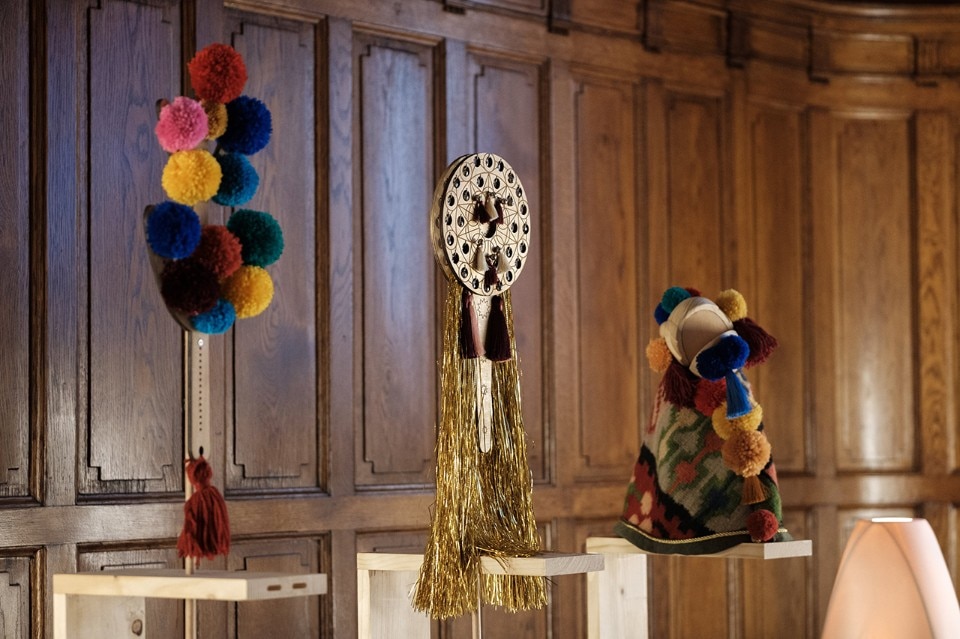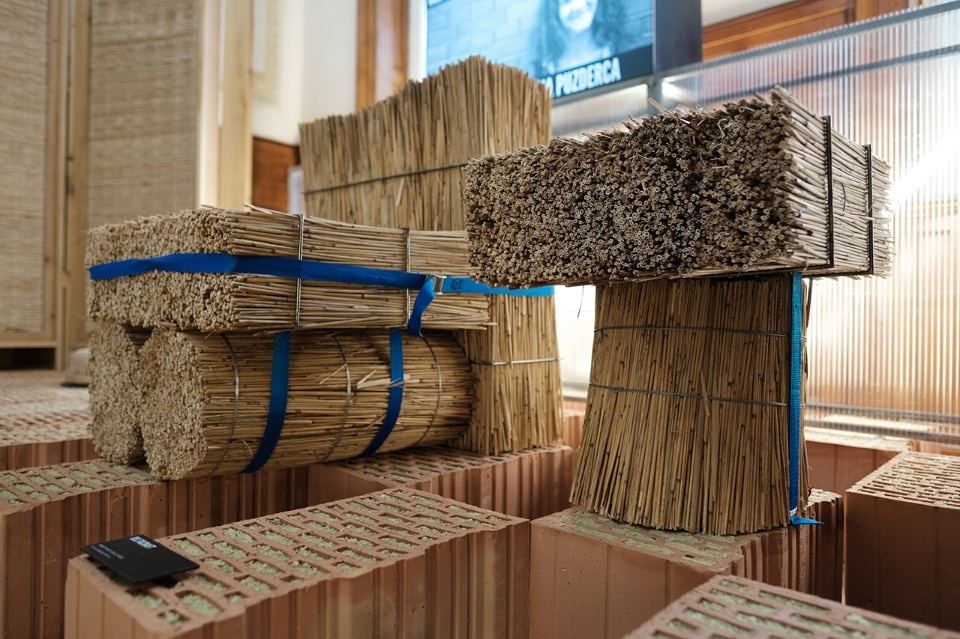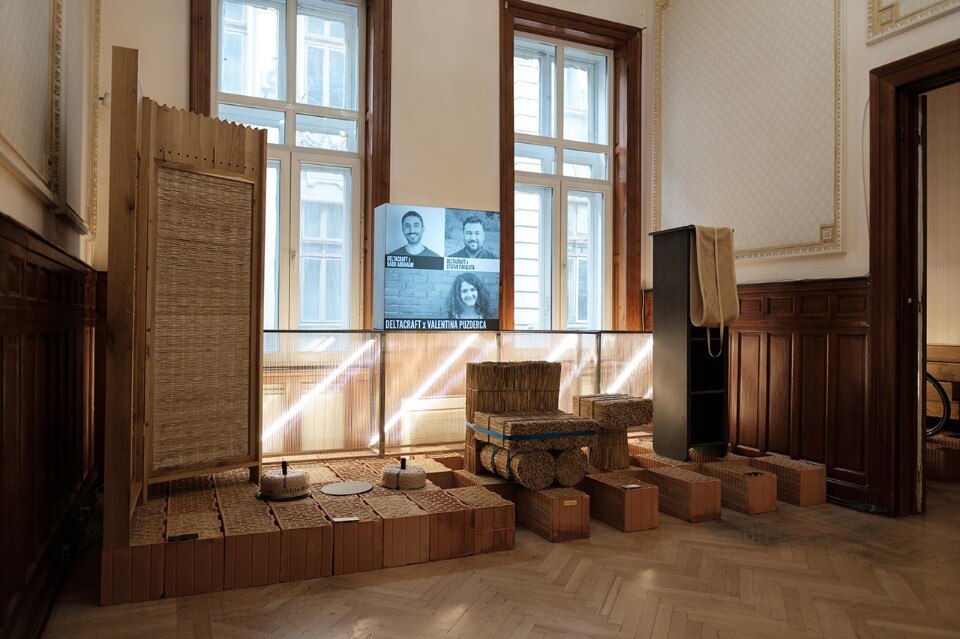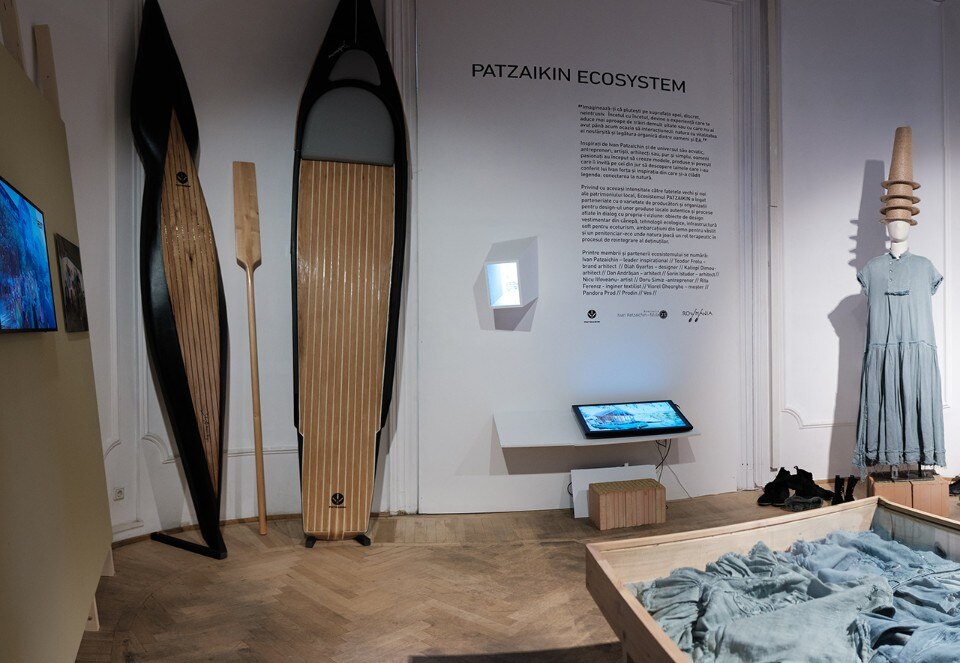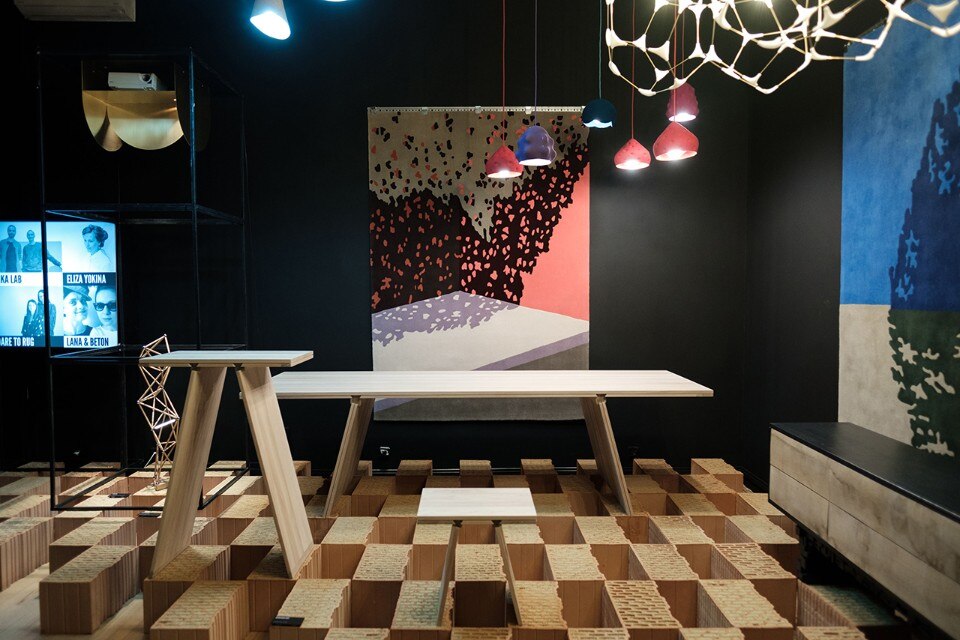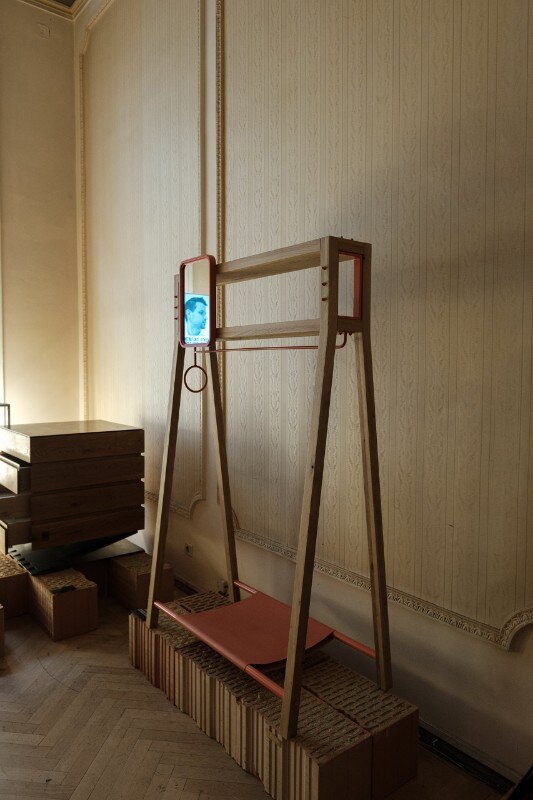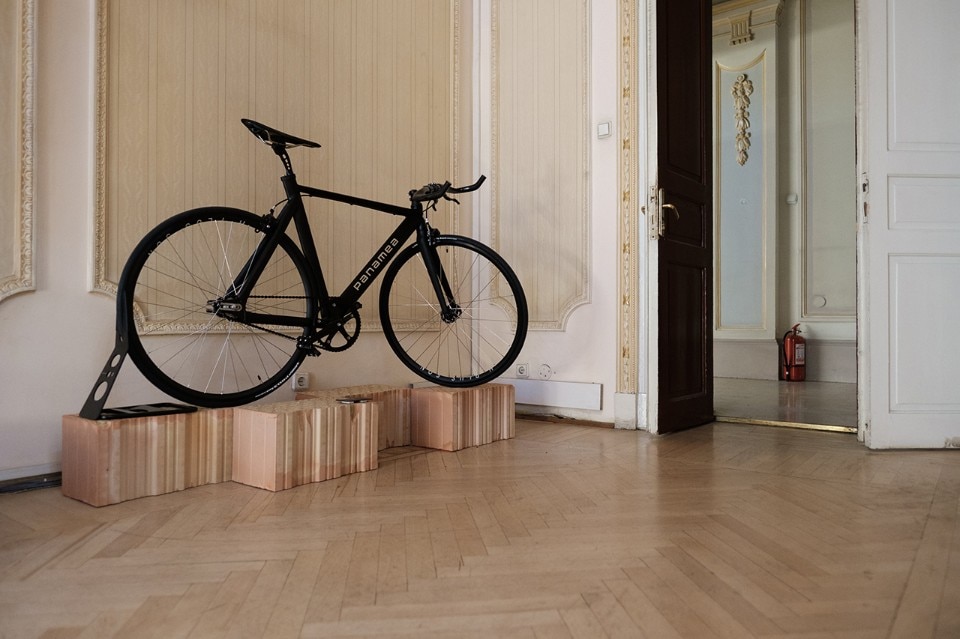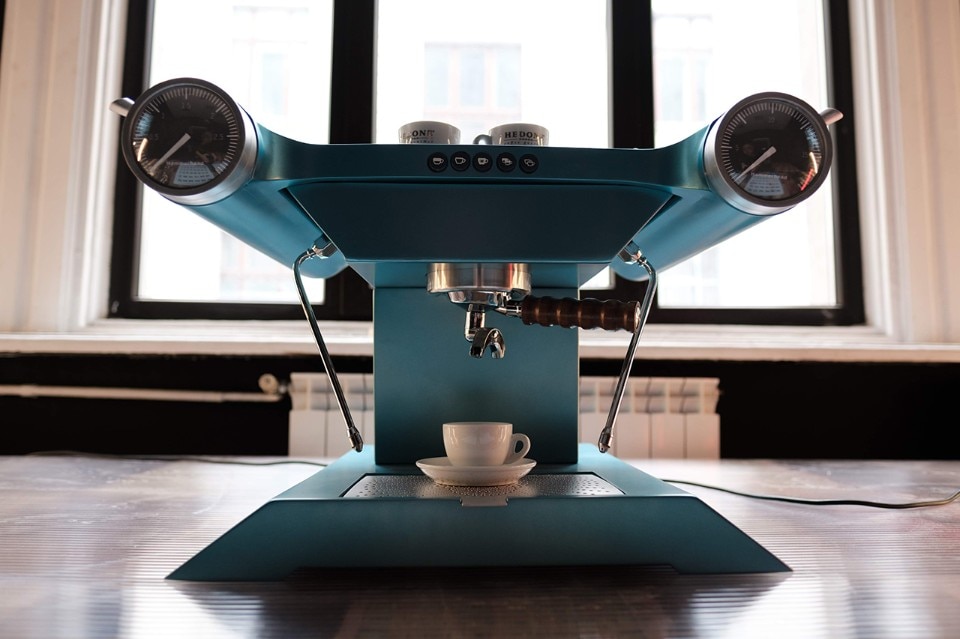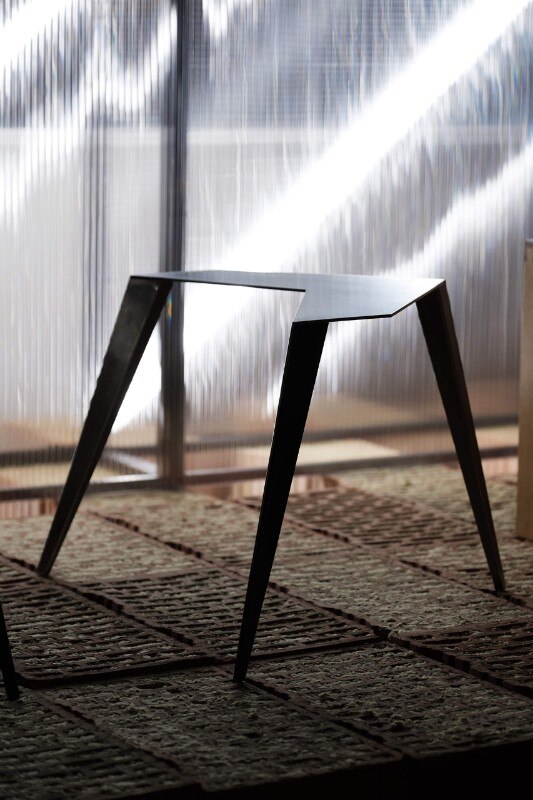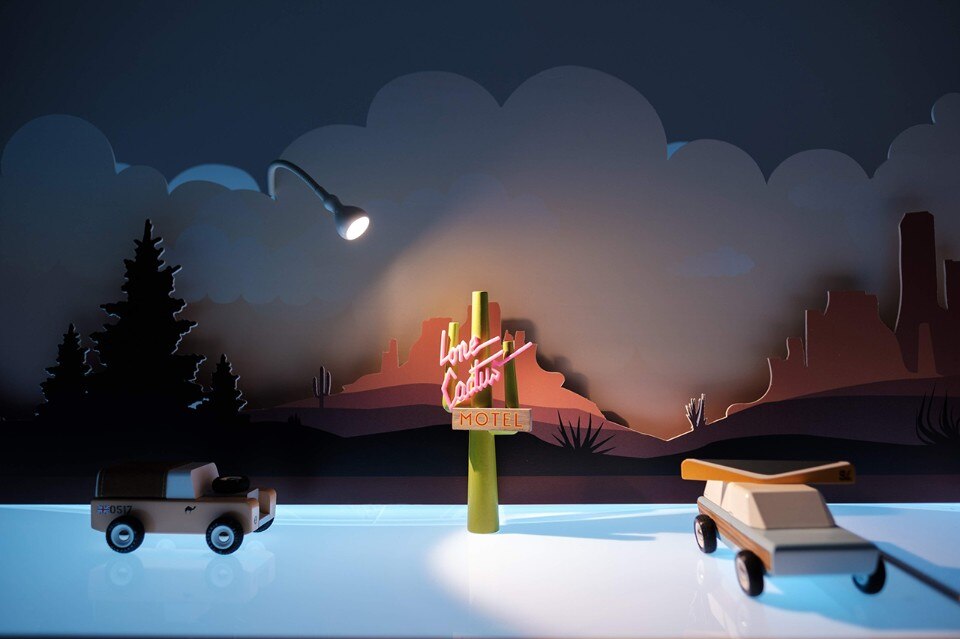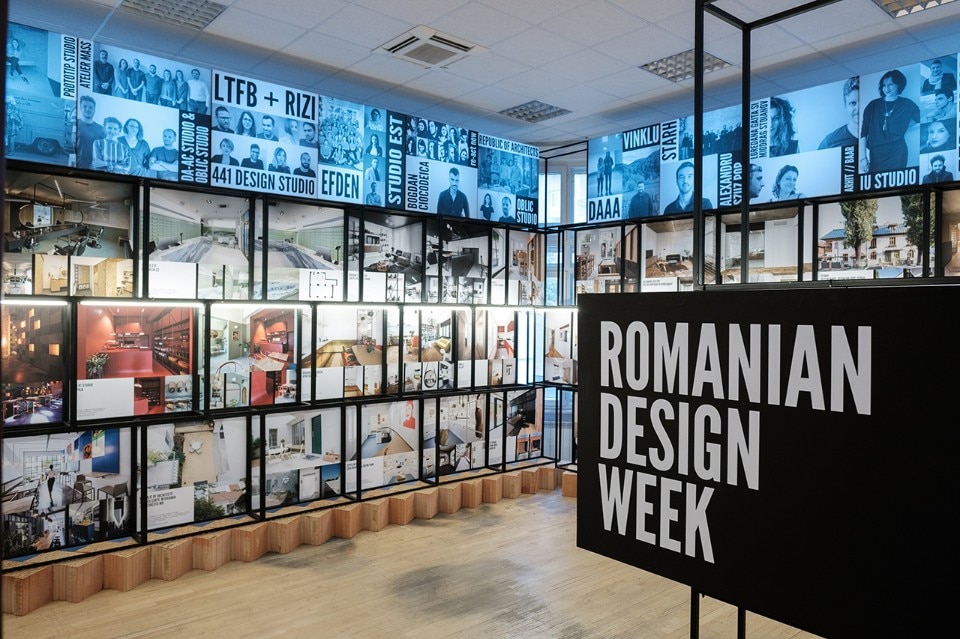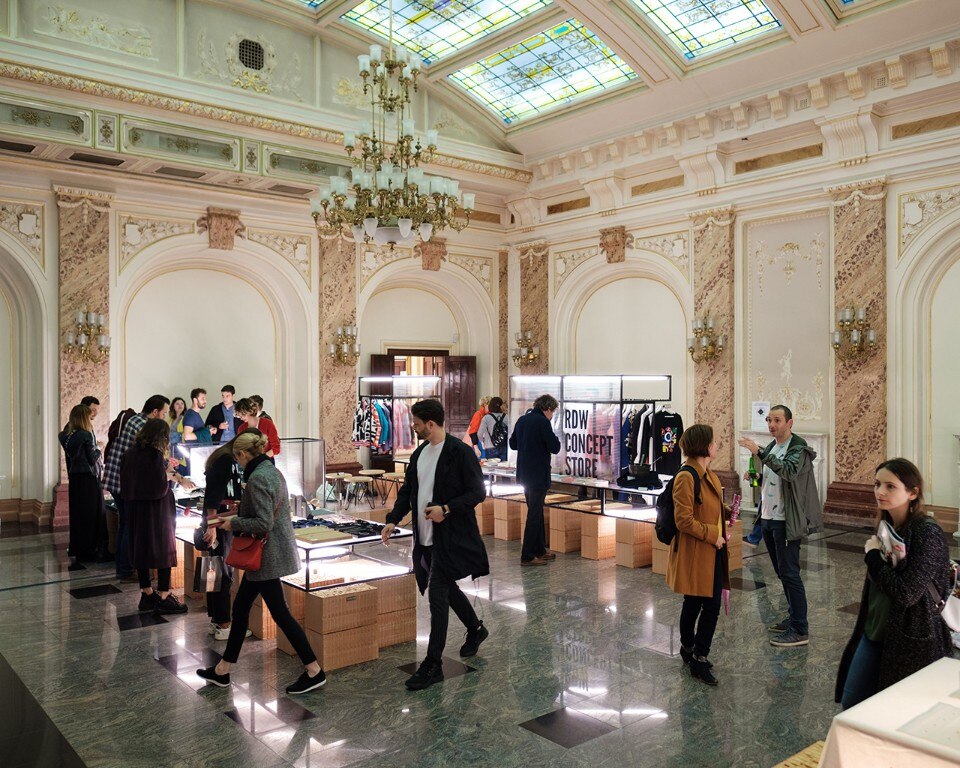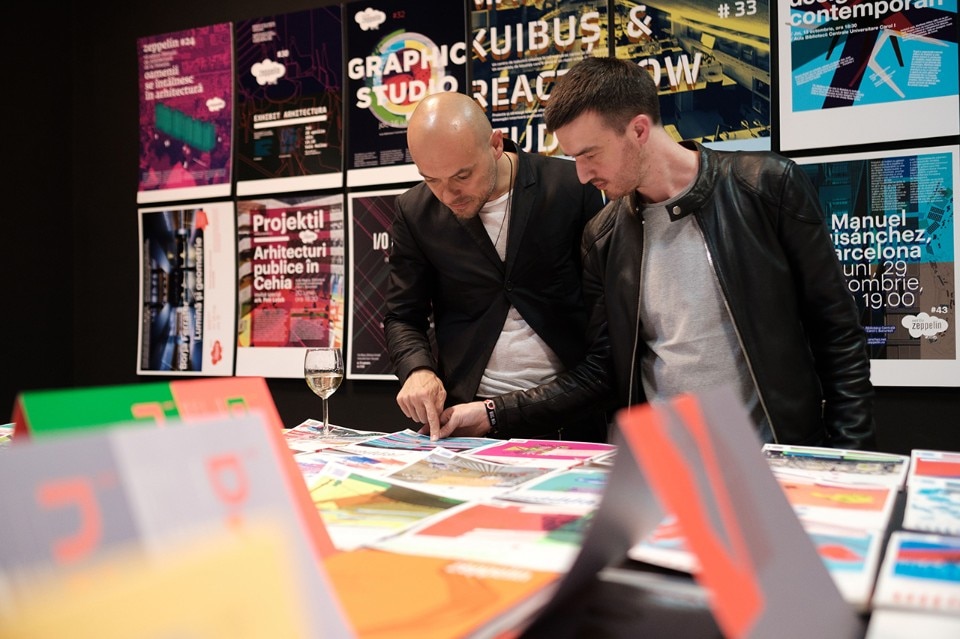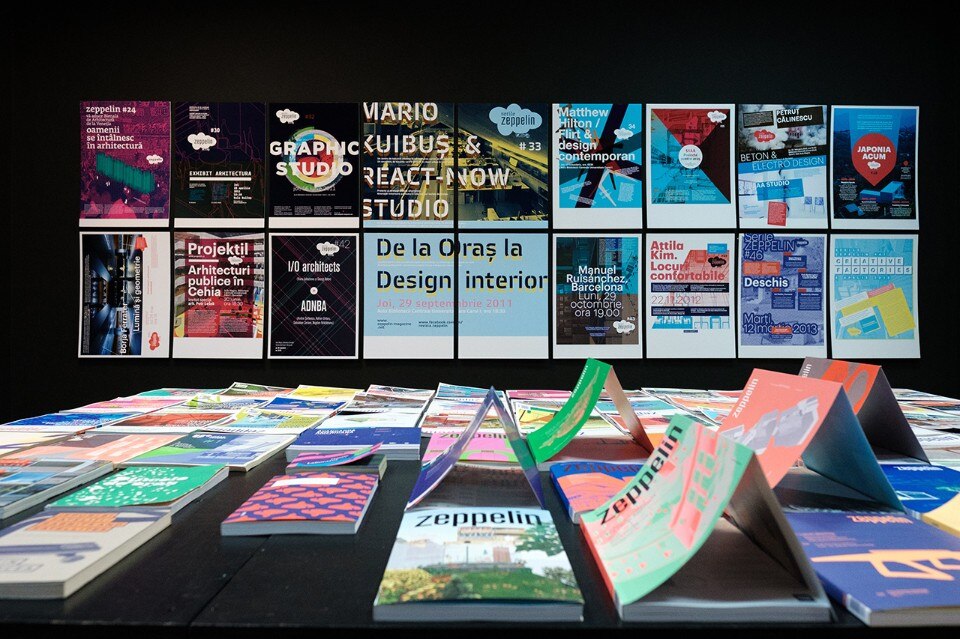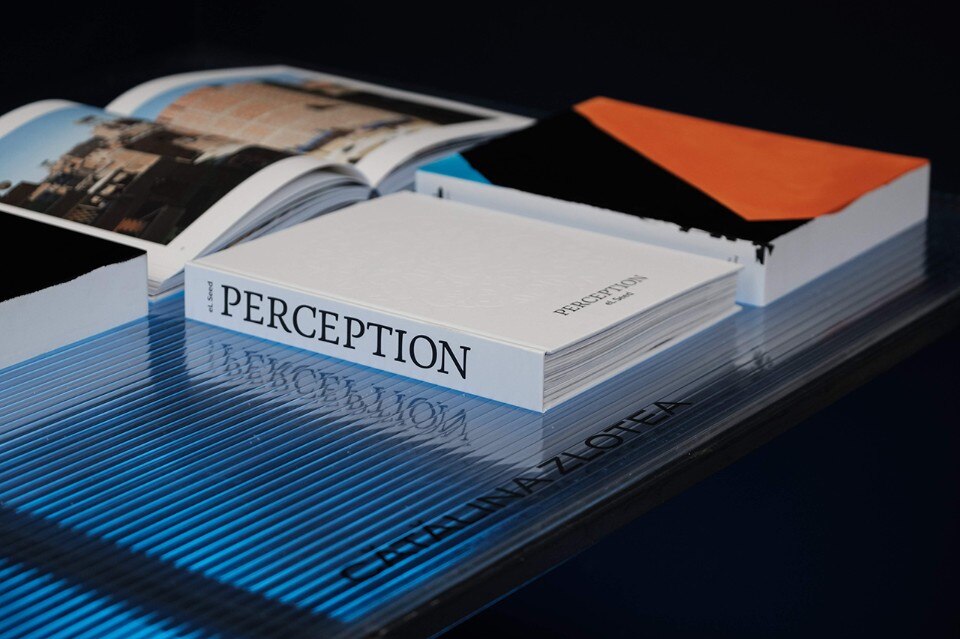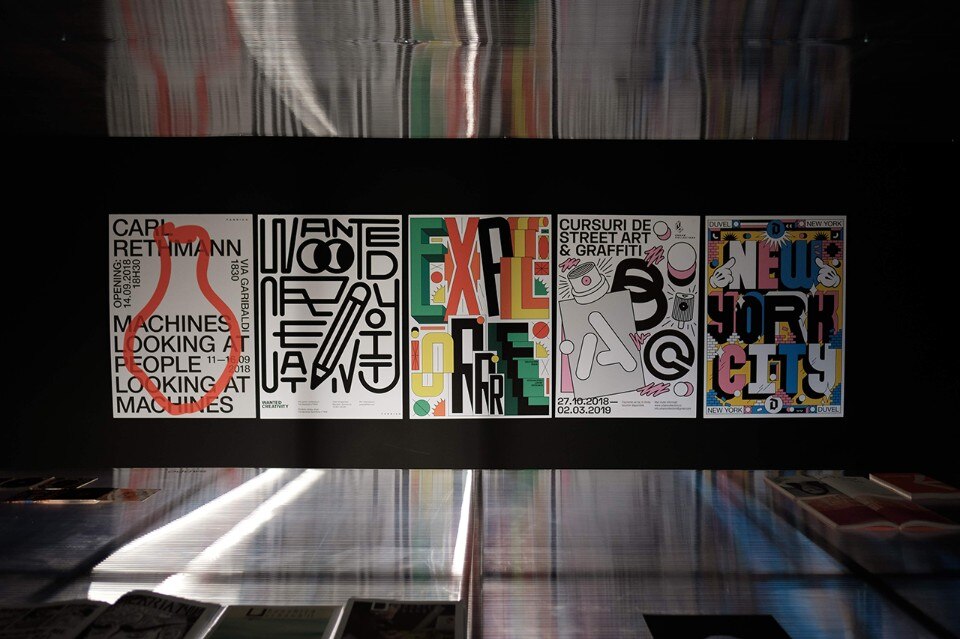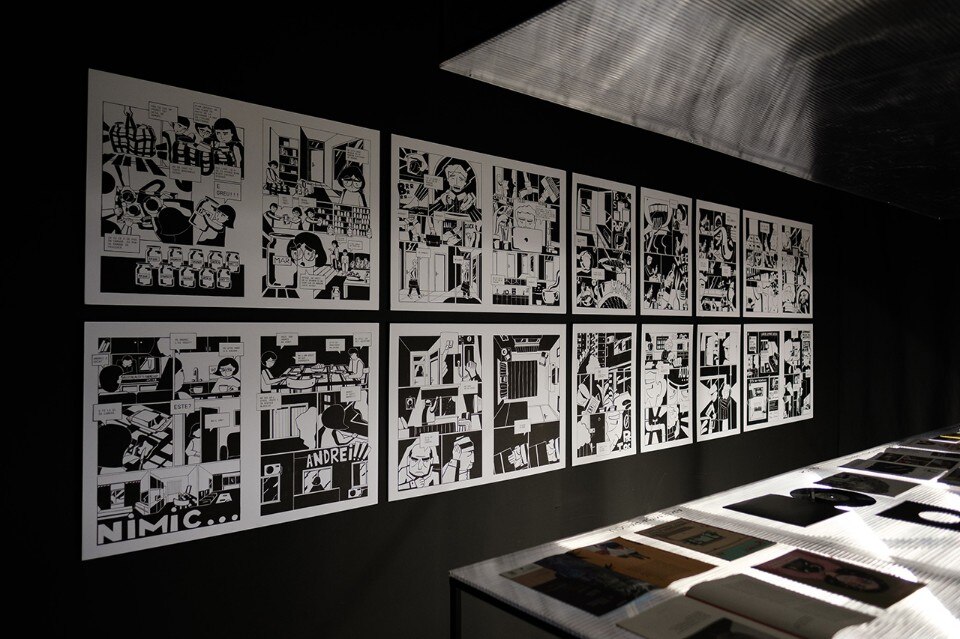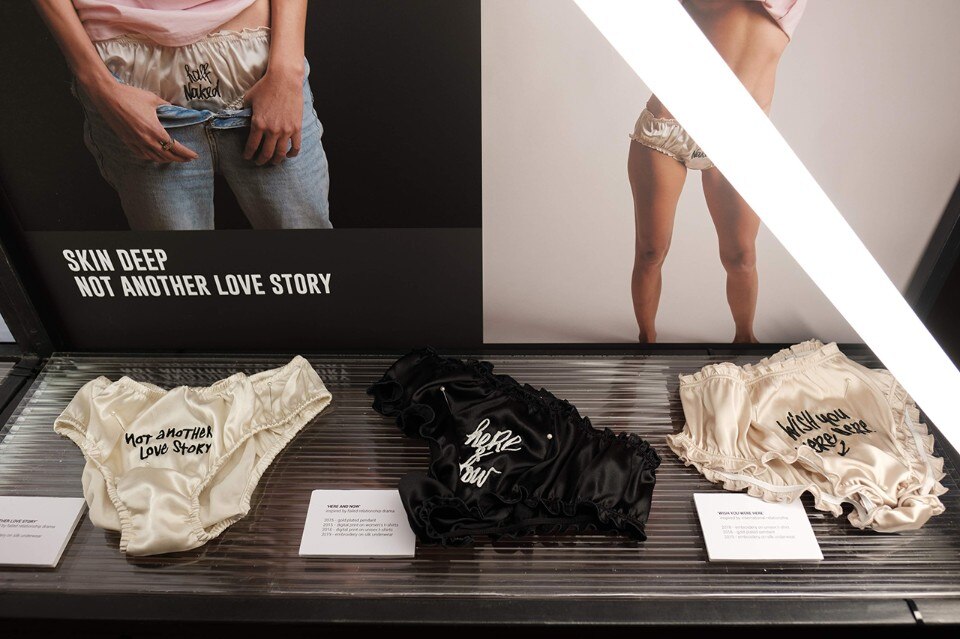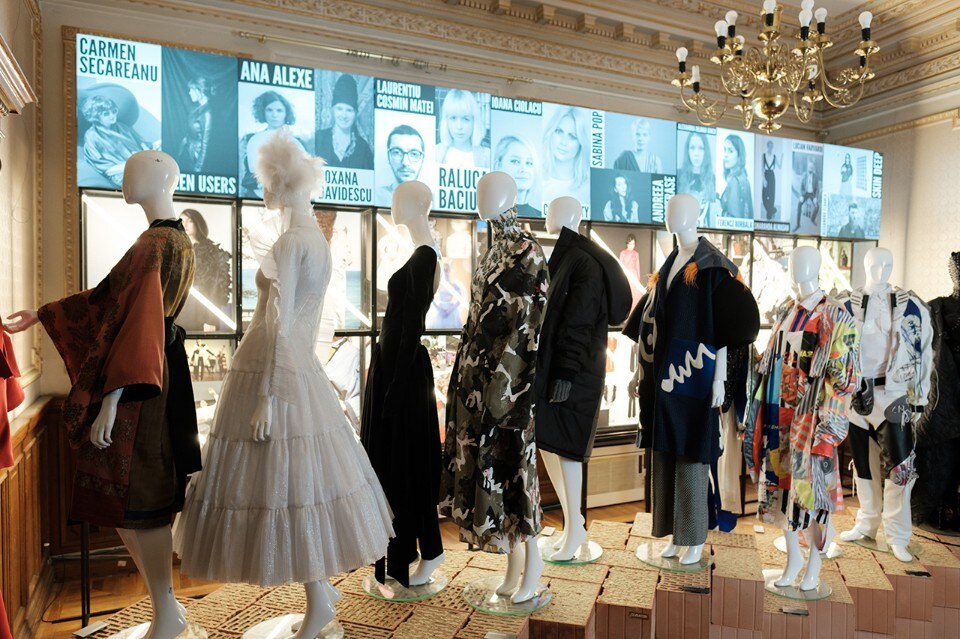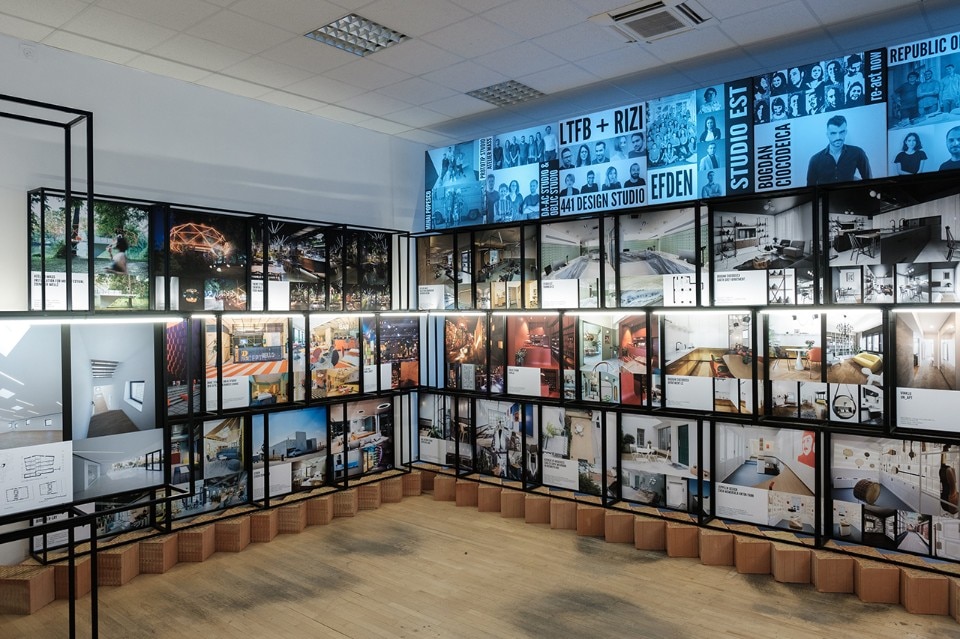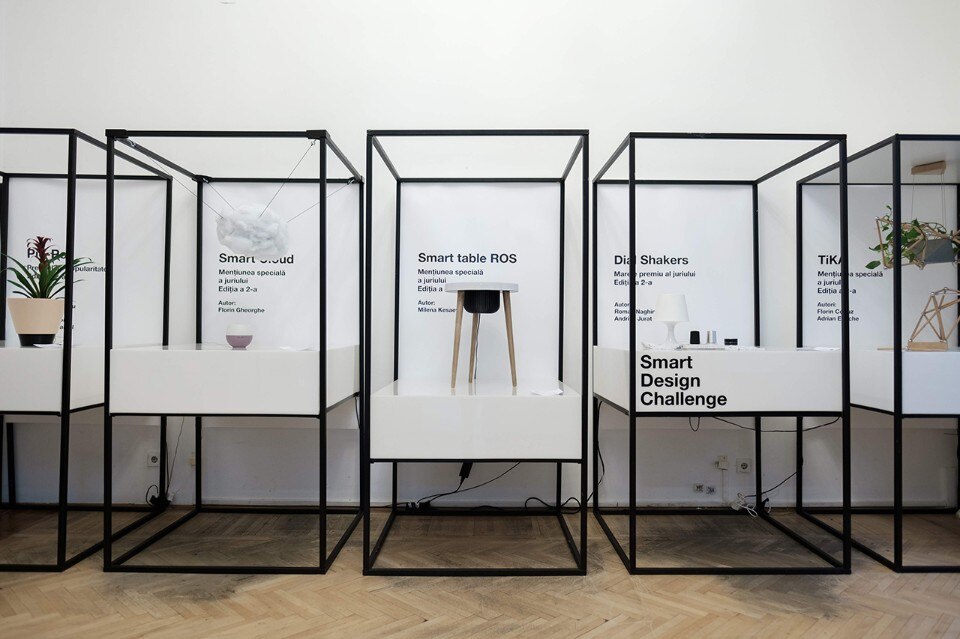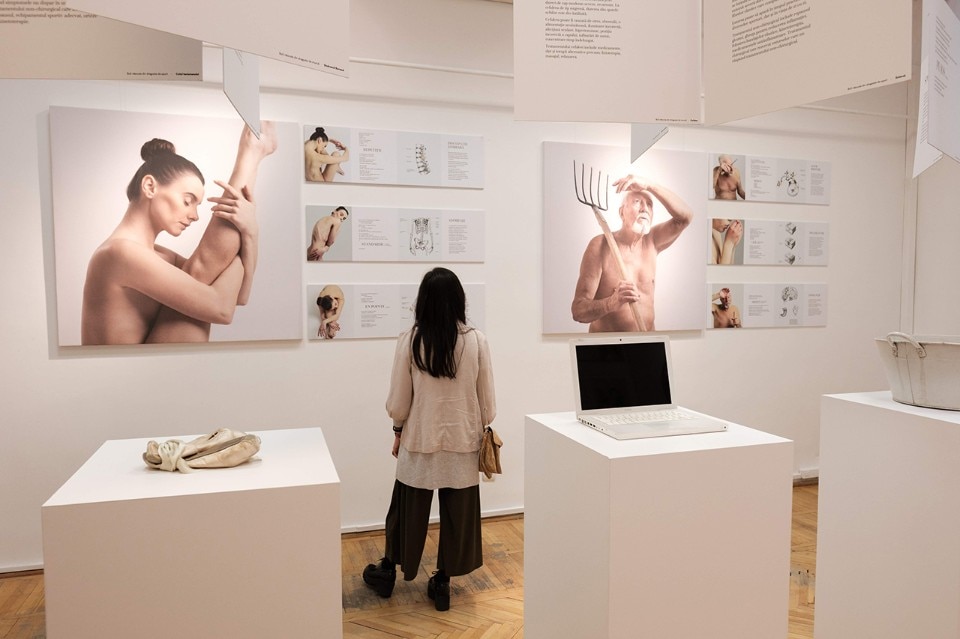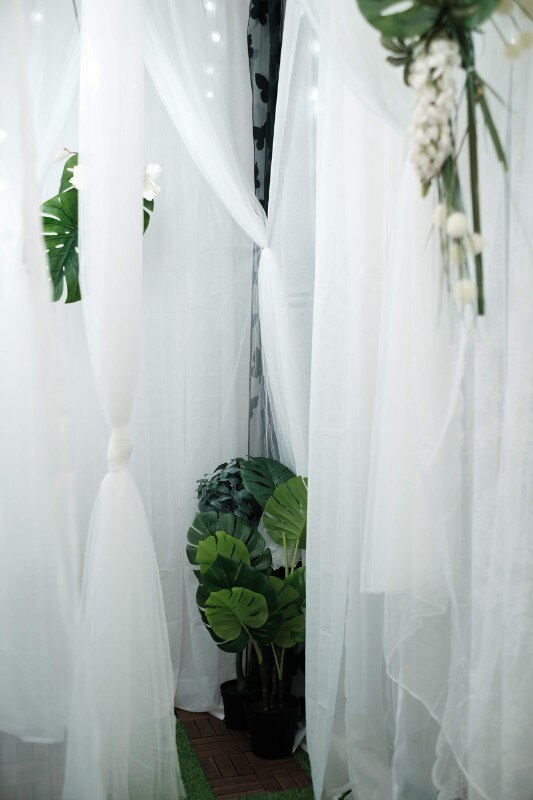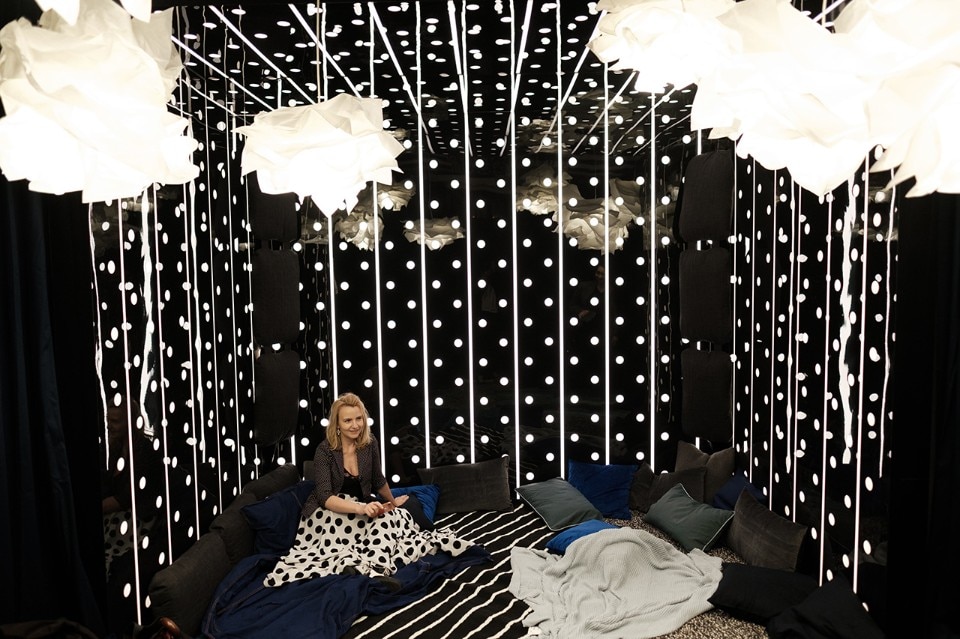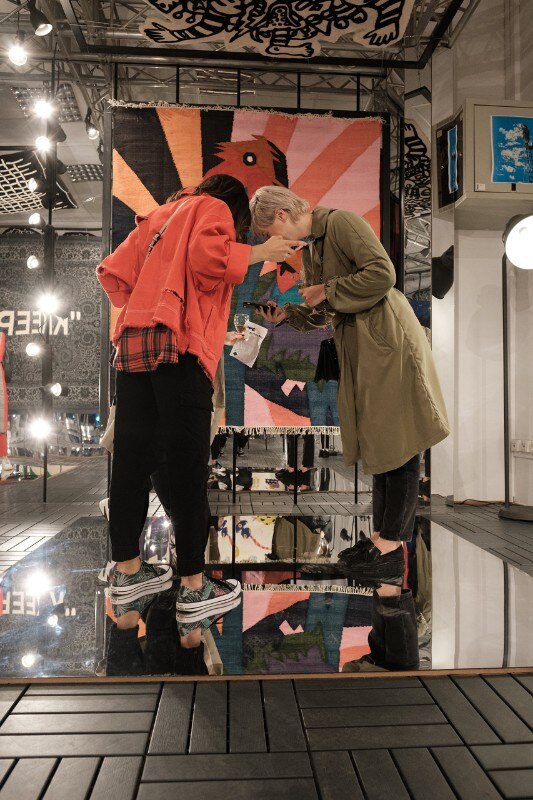For seven years now, an events agency for the so-called creative industry, The Institute, has put on Romanian Design Week, with the aim of promoting a culture of design in a country where this is still a luxury. It’s a luxury because it’s still not supported by an industrial sector able to develop and promote it. There is just one company producing design objects, Ubikubi, founded by a young designer duo.
The event brought together everything that goes under the name of design: product design, graphic design, architecture and fashion. The main exhibition was put on in buildings in the historic city centre, to breathe new life into them – or simply open them to the public. Lying behind this is a branding process to develop a creative quarter that can drive forward the conversion of buildings and the development of a more robust, more contemporary economy revolving around design, the Creativ Cartierul.
Part of the festival was linked to this branding process, with events of varying quality, and the exhibition on it was held in the former headquarters of a historic newspaper, Universul, a fine building from the 1930s, behind which several design studios have been set up. These efforts have begun to bear fruit, at least in cultural terms: design has become a tool for tackling the social change that the country is slowly experiencing.
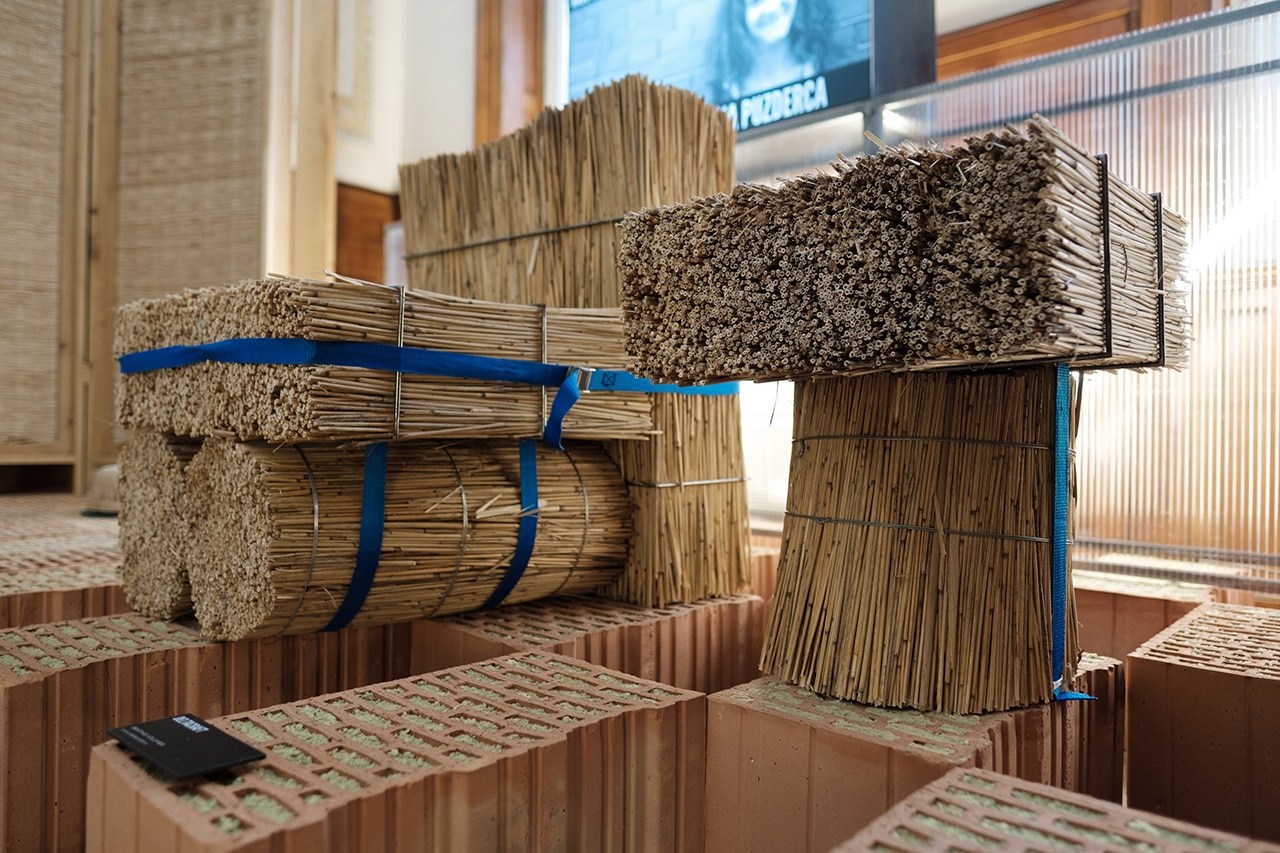
 View gallery
View gallery
The design of the main exhibition, held in the former Generali building (dating to 1906), was by the architecture studio Attila Kim Architects, which has been responsible for this since the first design week in the city. The studio reused parts of the staging of earlier years, this time including bricks that will be recovered by the company that supplied them.
The lack of funds to support the work makes this a cutting-edge practice: it’s an example of the circular economy, an approach that still struggles to get established in exhibition design. There were around 200 projects on show, the results of a selection process carried out by a scientific committee on the 500-plus submitted and a presentation by the Lille–Metropole World Design Capital 2020.
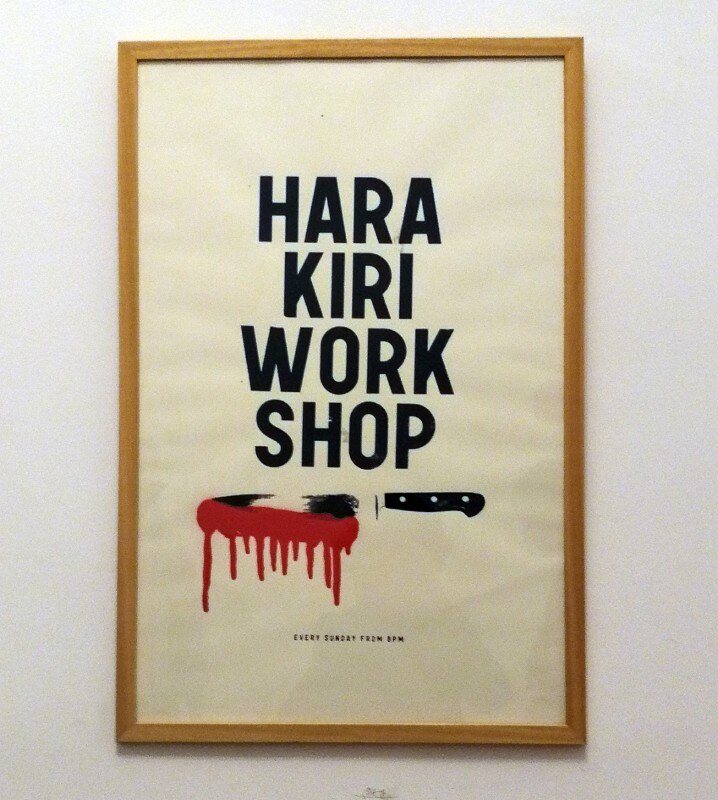
The product design projects that stood out the most were those reinterpreting tradition in different ways, such as the work of Agnes Lukacs and Deltacraft, a collaborative platform designed to revitalise the traditional crafts of the Danube delta by putting designers and artisans in touch with one another. Another standout design here was Mihai Stamati’s black ceramic tea service.
The work of Miloš Jovanović, which blends graphic art and product design, was playful and intelligent. The perpetual calendar (on sale) included commitments and states of mind, such as depression, protest, the menstrual cycle, joy and holidays. Also by him was a poster for a Hara-kiri Workshop to be held on Sundays, that most boring day of the week!

 View gallery
View gallery
Graphic art was perhaps the most well-developed and most original part of the exhibition, in part because there has been a long tradition of it in the country, but also because it is a cheaper form of expression. Printing a poster, a postcard or a beautiful book was already less expensive before the advent of computers, and still costs much less than manufacturing a furniture line or complex objects more generally.
Many designs of every type from corporate identity, such as Simona Stanciu’s project for a nursery school, or Bianca Dumitrascu’s one, to posters and illustration. Some graphic designers work outside Romania and have international clients, Italy included. One effective poster was by the studio Daniel & Andrew to mark the fiftieth anniversary of the Prague Spring. “Some visited us in 1968. You did not. So visit us in 2018,” it said, a reference to Romania’s refusal to invade Czechoslovakia.
One publishing project that caught the attention was Scena9, which has gone – unusually – from the web to paper. The new magazine, published yearly, is a spinoff from a website in Romanian and English – www.scena9.ro – with the first number coming out in December 2018. The aim is to give anyone involved in culture in the widest sense the chance to re-discover slow reading. The graphic design, by Radu Manelici, is fittingly stylish and includes successful double pages. Overall, this is an original approach that blends well with the magazine project.
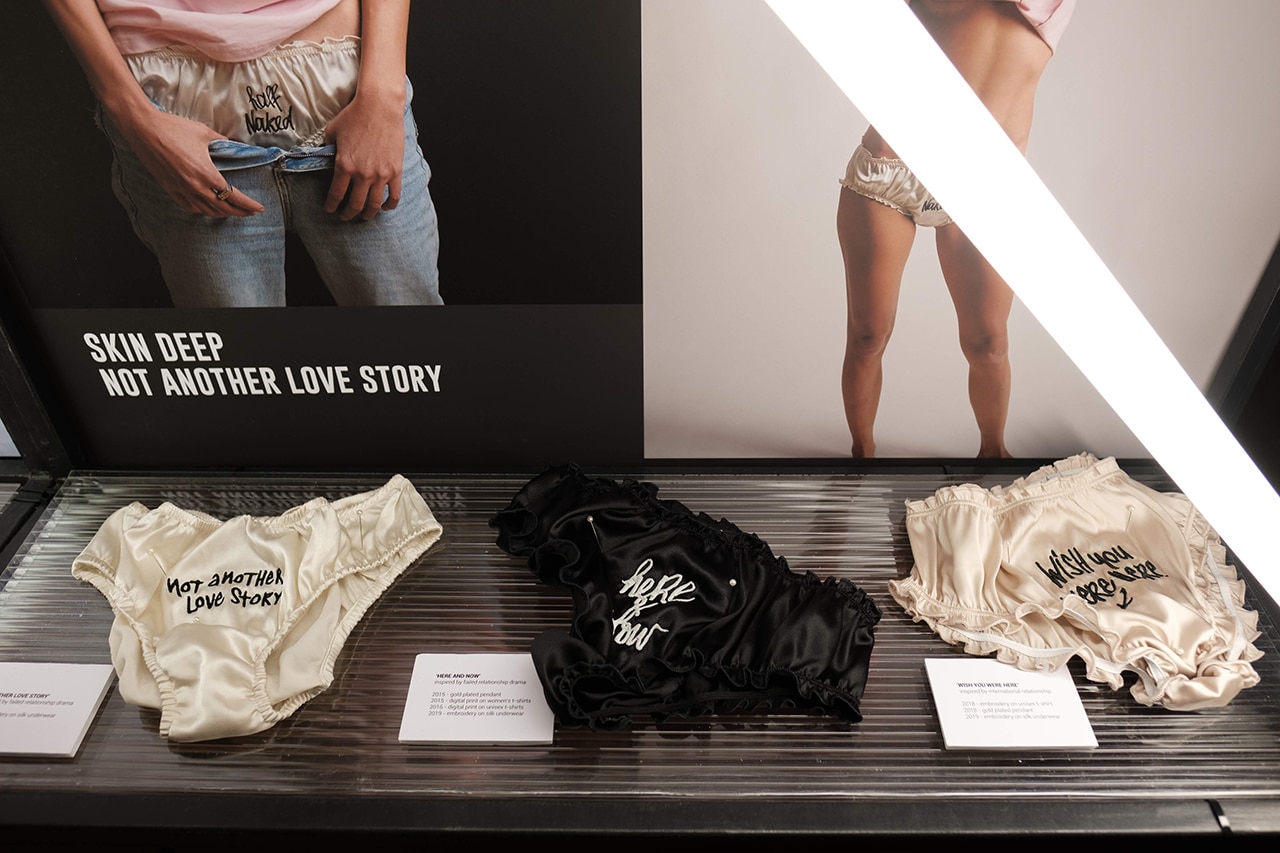
 View gallery
View gallery
Two interior design projects also stood out. One was by the studio Zeppelin – a trolley for the Faculty of Architecture library. The other was by Stardust Architects, which developed a craft shop, Meşteshukar Butiq, using simple, flexible furniture in earth and light wood tones.
Fashion is still a language with powerful critical depth, at least for some. Interesting projects included the designs by Ștefan Toma reimagining the geometry of the suit and masculine fabrics, pinstripes and striped shirts. Others included the knitwear capsule collection by Noemi Meilman and Robert Rațiu, with patterns that play with the right to choose your own partner, of the same sex or not. Skin Deep’s underwear collection, designed and produced in Romania, celebrates liberated female sexuality, with “Not another love story” and “No regrets” embroidered on the pants. No Barbies or Cinderellas here.
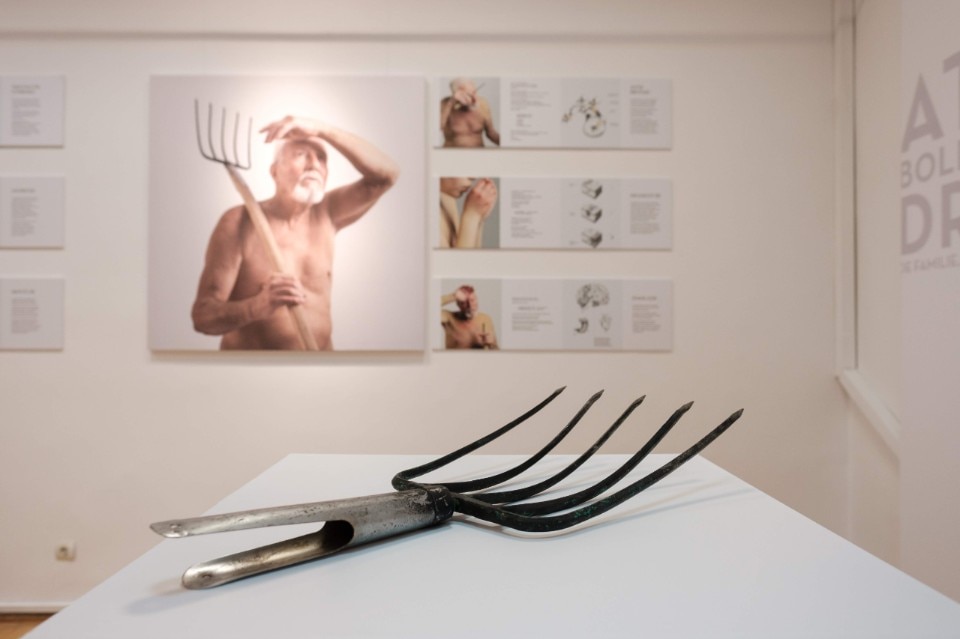
Any self-respecting design week or event needs companies involved for sponsorship. Here two of the partner firms created interesting installations. The ubiquitous Swedish furniture and accessory multinational IKEA had produced two small rooms, representing night and day. One was completely black, the other completely white, and both were furnished with their products. Perhaps this will trigger the spread of that international taste cleverly blending period furniture with contemporary design.
The second company, a private healthcare firm called Medlife, had a sophisticated project on occupational diseases – from dance to agriculture – expressed using photographic portraits and clear scientific data sheets.
Opening picture: Agnes Lukacs, installation view in the main exhibition © Romanian Design Week


